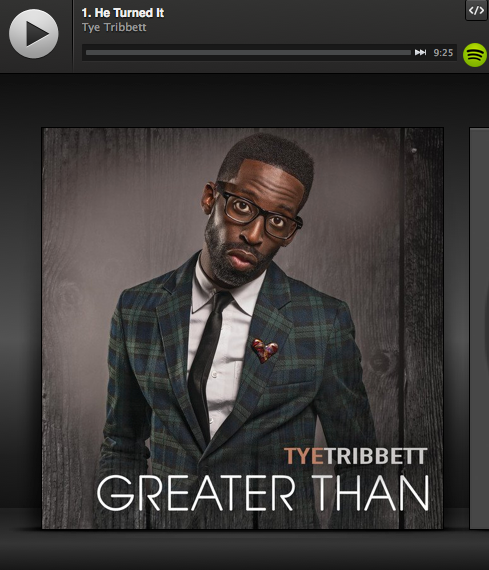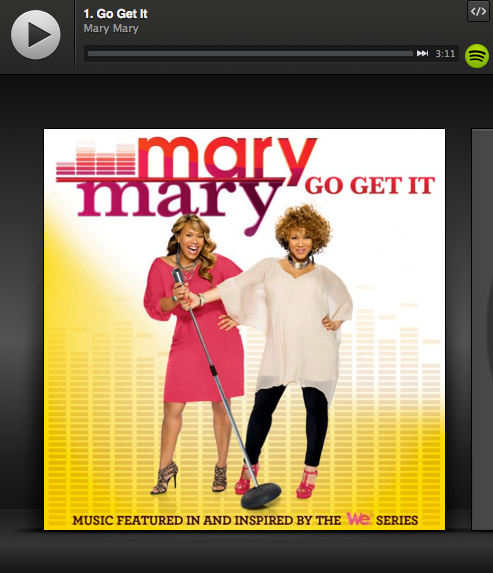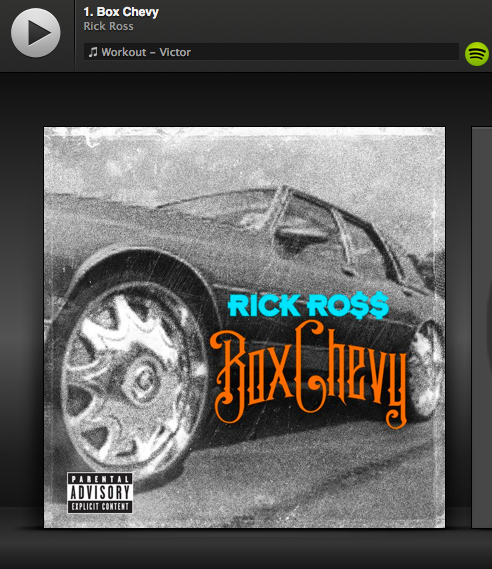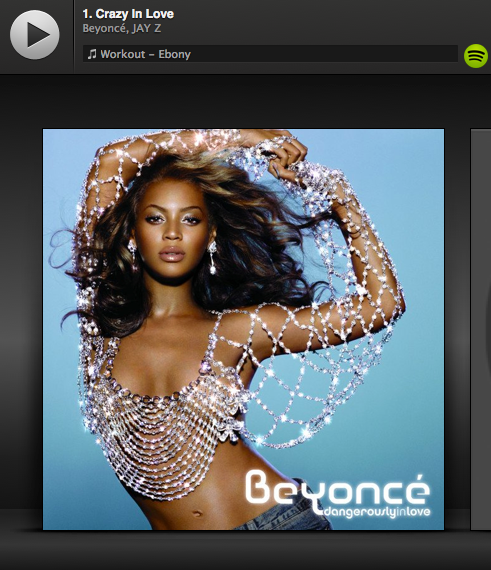myHIN Blog
Category: Black Women Articles

March 02, 2014
Keiara’s Journey to Fit
This time around, I’m really staying focused and I’m truly committed to being healthy and losing a few extra pounds. I started out with a Dr. Oz detox plan that lasted two weeks. After the first two weeks, I decided to keep myself on a modified diet. My diet consists of no fast food, lots of fruits and vegetables, no fried foods, monitoring my sugar and carbohydrate intake and if possible eating meat once a day. In observance of #meatlessMonday’s I definitely try my hardest to do so and go meatless. I’ve been using an app called MyFitnessPal to keep track of what I eat and caloric intake. Along with this, I have become extremely conscious of labels and serving sizes. If it has a label, I have read it! Along with eating right, exercising is an essential part of getting healthy and losing weight. Due to my hype of being completely committed, I decided to order Insanity and Black Girls Workout Too as an alternative to just going to the gym. These DVDs also come in handy when I just don’t feel like making moves to the gym or even leaving my apartment, I have zero excuses. To keep myself on schedule or to at least have a plan and to keep track of what I’ve done (or what I haven’t done), I have a workout calendar that denotes what I should do. With every completed workout, I place a check mark on that particular day. By far, my only issue is stepping on the scale every day. I’m addicted. Lol. I’m proud of myself for staying on track and I encourage others to do the same. If you’ve fallen off track, don’t wait until tomorrow, do it today! A huge misconception is that eating one bad thing will knock you off course, it won’t just don’t make it a continuous habit of eating bad things, overeating or skipping workouts (whatever you may struggle with). I definitely wish everyone the best of luck…you aren’t in this alone!!

Share

January 16, 2014
5 Ways to Create a Healthy Lifestyle
With the New Year, I wanted to create a healthy lifestyle I could maintain throughout the year. It is important to set yourself up for success with a clear mind and body. With that said, I developed 5 easy ways to create a healthy lifestyle.
1. Exercise Daily
If you want to live well and live longer, you must exercise! Try to exercise at least 30 minutes a day. Whether it’s going to a gym class on campus or going on a jog at your local park, there are plenty of ways to incorporate exercise in our daily routines. Try walking to class instead of taking the bus, or joining an intramural sport team. Studies show that just 10 minutes of exercise makes a difference—so do something!
2. Be a picky eater!
Set yourself up for success! Think about planning a healthy diet as a number of small, manageable steps rather than one big drastic change.
Focus on finding foods you love and easy recipes that incorporate a few fresh ingredients.
Eat in moderation. Moderation means eating less than we do now. It doesn’t mean you eliminate the things that you love. Just try to eat more healthy things than unhealthy ones. Also think smaller portions. For example, when dining out, choose a starter instead of an entree, split a dish with a friend, and don’t supersize anything. When at home, use smaller plates, think about serving sizes and start small.
Eat breakfast! Eating fruits and whole grains in the morning can help jumpstart your metabolism and energy for the day.
Avoid eating at night! Try to set a time where don’t eat after. Eating late at during a time when you are less active, can cause weight gain and create unhealthy habits. Studies show that after-dinner snacks tend to be high in fat and calories. So avoid them!
3. Get a good night’s sleep
Keep a regular sleep schedule. Set a regular bedtime and wake up at the same time every day. Nap to make up for lost sleep, but make sure to be smart about napping. While napping can help you recharge, it can also create bad habits when it comes to your sleep cycles. Lastly, create a relaxing sleep environment. Make your room more sleep friendly. Keep the noise down, keep your room cool, and make sure that your bed is comfortable!
4. Keep Healthy Relationships
The healthiest people are those who have relationships with other healthy people. Healthy relationships reduce stress, unhealthy habits, and help motivate you to succeed and do better. Surround yourself with people who are going to uplift you and make you feel better about yourself. Having a strong foundation is essential to life.
5. Give yourself a break!
Find fun activities for you to do to relieve stress! Go to the movies or go shopping. Create new hobbies. Hang out with your friends. Do anything that makes you feel happy. It’s important for you to take a break from life’s stresses and create awesome memories.
Follow us at tumblr.myhealthimpactnetwork.org (Tumblr)
Follow us on twitter @myhealthimpact
Share

December 12, 2013
The Key to Getting Tested.. HIV/Aids Awareness
I never knew that I had an interest in HIV/AIDS awareness and informing my community until my friend, Julian, and I went to get tested. If I could briefly remind and reminisce on that moment, we went to get tested on a Friday afternoon, most of the time campus is pretty deserted on Fridays, as it was on this day. We went into the room where the testing was being provided, and I could literally count on one and a half hands how many people I saw coming to get tested. Though I was still caught up in my own nerves, I was saddened and actually amazed that that room was not overflowing of people. To this day, I am still unable to fully understand why it wasn’t full of people. From that day, I decided that it is my goal to encourage people to get tested and to care about their sexual health.

I decided to go with one of my close friends here on campus but it’s absolutely nothing wrong with taking someone you don’t know that well; your suitemate, a co-worker, or even a study buddy. Take who makes you feel comfortable and if that’s someone you just know in passing, do it. It isn’t so much about whom you take with you but actually going and having that moral support. In my opinion, taking someone with you to go get tested alleviates the stress that comes with the whole situation. You have someone with you that shares some of the exact same feelings, from excited to scared and from nervous to even anxious. It’s ok to be scared momentarily together but in the end you’ll be aware of your status together.
Going with someone helps combat the stigma behind going to get tested for HIV and other STDs. You’re showing yourself and your testing buddy that it’s perfectly fine and normal to get tested. Go get tested. Break the walls of this stigma with a testing buddy.
Share

December 05, 2013
The Road to the Red Pump
This month makes six months that I’ve been onboard the myHealthImpact team. Thus far, it has been a very enjoyable experience and it truly feels like a family. MyHealthImpact will be attending the Red Pump Project. This project raises awareness regarding HIV/AIDS and its impact on females. Red Pump’s mission is to “promote HIV prevention through education, and open dialogue about the issues that surround sexual and reproductive health”.
While the color red is associated with energy, confidence, action and vitality, this aligns with The Red Pumps concept of empowerment for women. 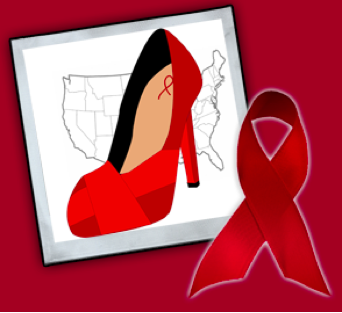 On the road to Red Pump, the myHealthImpact team will document our journey and experiences. With the mixture of personalities that are currently on the team, I know that we are bound to have a memorable time. Our team will be actively involved in the Red Pump event, so be on the look out for our videos, tweets, pics and blogs. Though this event is geared around women, the HIV/AIDS epidemic has affected both genders tremendously. As a male. I do believe that I will be able to benefit from attending this event on behalf of myHealthImpact. Increasing your knowledge base is always a positive aspect to one’s role in developing as an individual.
On the road to Red Pump, the myHealthImpact team will document our journey and experiences. With the mixture of personalities that are currently on the team, I know that we are bound to have a memorable time. Our team will be actively involved in the Red Pump event, so be on the look out for our videos, tweets, pics and blogs. Though this event is geared around women, the HIV/AIDS epidemic has affected both genders tremendously. As a male. I do believe that I will be able to benefit from attending this event on behalf of myHealthImpact. Increasing your knowledge base is always a positive aspect to one’s role in developing as an individual.
Spreading the information to others not only help those who don’t know but can potentially save lives. Preparation for this event ties into this month’s 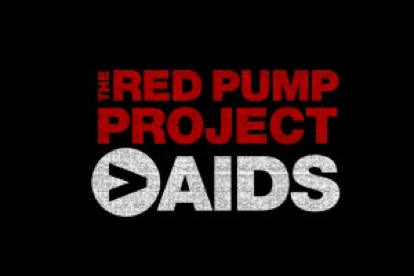 focus, which is HIV Awareness and World AIDS Day (December 1). The spreading of diseases can be prevented, and more events can be hosted to inform the community of the disease. This event is going to be amazing, and I’m looking forward to it. Be on the lookout for the video footage and other information pertaining to myHealthImpact’s involvement with the Red Pump Project.
focus, which is HIV Awareness and World AIDS Day (December 1). The spreading of diseases can be prevented, and more events can be hosted to inform the community of the disease. This event is going to be amazing, and I’m looking forward to it. Be on the lookout for the video footage and other information pertaining to myHealthImpact’s involvement with the Red Pump Project.
Share

November 25, 2013
Black Community
Just listen to these lyrics… These songs not only disrespect women and even men, they put the African American community to shame. Some of the lyrics in these songs refer to women as “property” and “treating women like dogs”. I don’t understand how people can stand to listen to these lyrics. After a while, what you listen to will eventually get down inside of you and it becomes a part of you. People can’t expect others to respect them when they willingly jam in the car to music such as this. Yea, the beat may be “attractive” but are people really listening to the words that these artists are saying. It’s totally unacceptable.
This month, the focus is Sexual Health for myHealthImpact. Though these songs degrade both men and women, they also have sexual references as well. It’s important that each person takes responsibility for their health, body and the decision of having sex at a certain age. Songs such as those listed above make it seem as if having sex early is cool, but there are consequences for every action. Being knowledgeable about sex and its repercussions is very important for your health. Take some time and learn about the topic before you immediately enter into something that you have no idea about. This could save your life. Think about it.
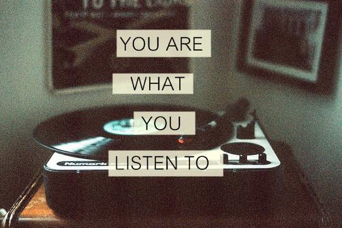
Share

November 03, 2013
Did You Know…
Did you know that in-home HIV testing was possible and readily available to the public, inexpensively? Well it is, with OraQuick. I’ve noticed (upon my own personal observation) many people are ashamed and just don’t want to be seen getting tested. OraQuick completely solves that issue.
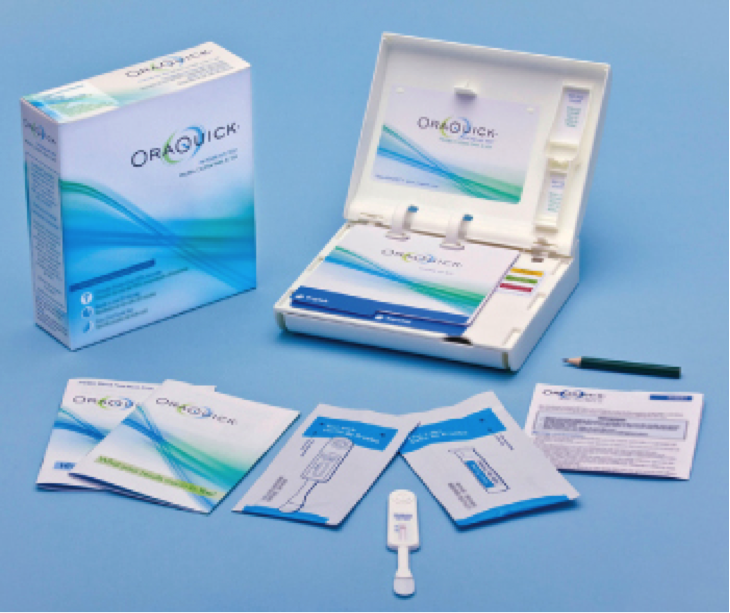
OraQuick is an in-home testing mechanism testing for HIV-1 and HIV-2. Being that it’s in-home, you don’t have to worry about confidentiality or anonymity being broken. The only person/people you’d have to worry about knowing your results are you, yourself…and well just you.
A couple of facts via www.oraquick.com concerning OraQuick:
- OraQuick is the first FDA-approved oral swab in-home test
- This is based on the same HIV test that healthcare professionals have used since 2004
- You get results in 20 minutes
- Being that this is an oral test, no blood is involved. You just swipe you gums
- Your test kit includes: step-by-step directions, an oral swab test stick and tube with solution, information booklets on HIV and testing, and package insert containing information about the test
You can purchase your OraQuick kit on its website as well as at some of your local health supply stores such as Rite Aid, CVS, Walgreens and even Wal-Mart as well as Kroger. Purchasing via the OraQuick website, it’s $39.99 (not including shipping and handling). Purchasing at Rite Aid would run you about $29.99.
I stress the importance of getting tested because it’s important and at that readily available. I feel as though it’s no excuse to have not been tested especially if you haven’t ever or your test results are invalid. College organizations are offering FREE testing, many clinics are offering FREE testing, and if you don’t want to do either, you can do so right in your own home for a fee that’s incomparable to knowing your status.
Share

October 21, 2013
Breast Cancer: Study Results, Causes, and Health Literacy
When thinking about breast cancer, many people automatically shift their focus to women. In particular, women within the African American community. Studies have shown that breast cancer is more common in white women than African American women. In all actuality, men are also susceptible to breast cancer. Just like women, men do have breast tissue, which has the possibility of developing breast cancer.
I was pretty surprised when I learned of this news. From my research, the exact cause of breast cancer is not known. Even though there is no exact cause, the risk of getting breast cancer increases with age. Factors such as family history and alcohol usage also increase the possibility of getting breast cancer. For males, the most cases for breast cancer have been detected between ages 60- 70. Overall, a male’s risk of obtaining breast cancer is only 1%. Though this percentage is fairly low, this doesn’t completely eliminate the possibility for men.
In terms of health literacy, everyone needs to be knowledgeable about breast cancer. Having this knowledge base can help improve the quality of life by recognizing the signs early and seeking treatment if necessary. Knowing that breast cancer is 100 times more likely in women than men, this encourages me to consistently check on the women in my life. It is my duty to ensure that they are going to get mammograms and maintaining a healthy lifestyle. Just knowing about breast cancer isn’t enough. Being proactive in your efforts can help save lives.
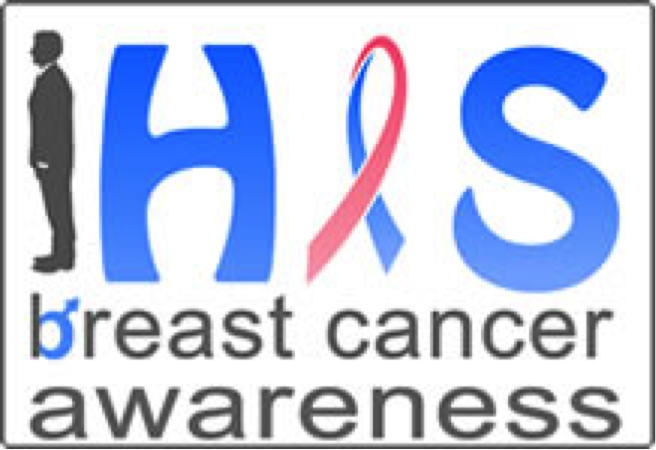
Follow us on Tumblr tumblr.myhealthimpactnetwork.org
Follow us on Twitter @myhealthimpact
Share

August 28, 2013
Unconscious Bias and Your Health
Almost one year ago, I presented to a group of black female college students on the topic, “You Ain’t Crazy: It’s Your Mental Health”. The sisters wanted to have a frank discussion around dealing with the stress associated with day-to-day issues, such as matriculation at a predominately white institute, culture, family, sexism, racism and how life plays out. Responding to the pressures of it all, one student was asked why did she seek help with her issues, and her response was simple: “to make sure that I don’t go crazy”. One point of frustration highlighted by these students was the interplay between perception and reality. There was the constant practice of second guessing their decisions, particularly scenarios dealing with race and culture. After all, who wants to read more into a situation than is there? You know the questions: “Did he mean to say that? What does he mean? How should I take what was said? How would you perceive that?”
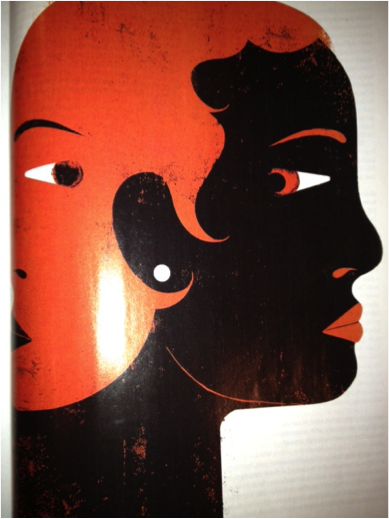 Reading the situation is a complicated topic, or is it? Dr. David R. Williams, professor of sociology and public health, discusses the topic of unconscious bias in the lives of Black Americans in the September 2013 issue of @essencemag. The two-face depiction captures the article’s title, “No, You’re Not Imagining It”. Williams offers a myriad of scenarios that often causes pause. That is, as a Black person, “Is this really happening to me?”. The element of surprise can grip Black folks though the bias imparted by whites can be unintentional. Yet, the outcome or reality of the scenario can have a profound effect on the recipient. Scholars define unconscious bias as the understanding that people can consciously believe in equality while simultaneously acting on subconscious prejudices they are not aware of.
Reading the situation is a complicated topic, or is it? Dr. David R. Williams, professor of sociology and public health, discusses the topic of unconscious bias in the lives of Black Americans in the September 2013 issue of @essencemag. The two-face depiction captures the article’s title, “No, You’re Not Imagining It”. Williams offers a myriad of scenarios that often causes pause. That is, as a Black person, “Is this really happening to me?”. The element of surprise can grip Black folks though the bias imparted by whites can be unintentional. Yet, the outcome or reality of the scenario can have a profound effect on the recipient. Scholars define unconscious bias as the understanding that people can consciously believe in equality while simultaneously acting on subconscious prejudices they are not aware of.
Williams and other public health scholars have determined that the outcome is not a mere sense of challenge of the parts of Black people. As noted in the Essence piece, someone who 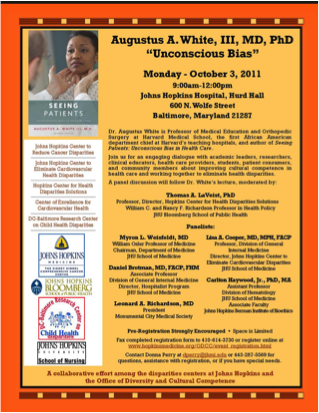 fosters and imparts racial prejudices can do so implicitly; though often automatic, the unconscious bias behavior leads to differential treatment – without effort. Unconscious bias influences the lives of Black people in the form of employment (hence, economic), educational and yes, health and health disparities – albeit heart disease, hypertension, diabetes, obesity, engagement in sexual risk behaviors and depression. While the scenarios offered by Dr. David R. Williams represent every day life as we move about, the resulting questions are commonplace but thought-provoking: “Do you see me? “, and if you do, “how do your see me? In health care, public health scholars ponder the same questions. The relevance here is how you see me starts the dialogue of how your treat me as a person and as a patient.
fosters and imparts racial prejudices can do so implicitly; though often automatic, the unconscious bias behavior leads to differential treatment – without effort. Unconscious bias influences the lives of Black people in the form of employment (hence, economic), educational and yes, health and health disparities – albeit heart disease, hypertension, diabetes, obesity, engagement in sexual risk behaviors and depression. While the scenarios offered by Dr. David R. Williams represent every day life as we move about, the resulting questions are commonplace but thought-provoking: “Do you see me? “, and if you do, “how do your see me? In health care, public health scholars ponder the same questions. The relevance here is how you see me starts the dialogue of how your treat me as a person and as a patient.
As I reflect on recent life circumstances, I ponder my own moments of unconscious bias experiences. There I am in the supermarket as I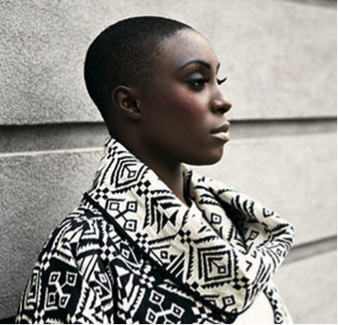 shop for the next family dinner. The checkout clerk pauses, looks and proceeds to ask me: “Why is your hair so short? Are you a cancer patient, or are you making a statement?” Now, the picture shown here is not I, but the style is one that I own. I am not making a statement nor am I a cancer patient. The politics, bias and perceptions of Black hair, particularly for Black women, is a subject reserved for a read of Dr. Lynette Kvasny’s blog, Black Women’s Love Affair with Hair”. Yet, the very question and judgment (“or making a statement, cancer patient) speaks volumes. My response to the clerk was “what if I am a cancer patient?” His apologetic comments followed as I completed my transaction.
shop for the next family dinner. The checkout clerk pauses, looks and proceeds to ask me: “Why is your hair so short? Are you a cancer patient, or are you making a statement?” Now, the picture shown here is not I, but the style is one that I own. I am not making a statement nor am I a cancer patient. The politics, bias and perceptions of Black hair, particularly for Black women, is a subject reserved for a read of Dr. Lynette Kvasny’s blog, Black Women’s Love Affair with Hair”. Yet, the very question and judgment (“or making a statement, cancer patient) speaks volumes. My response to the clerk was “what if I am a cancer patient?” His apologetic comments followed as I completed my transaction.
Case 2: I had a medical procedure done which was a high stress experience . The waiting for the test results was heave, scary and a prayerful time. During the film read with a physician, I stated aloud” “the mass has a meniscus”. To which the physician replied, “how do you know that? How do you know meniscus? How do you know this? This surprises me”. His surprise momentarily precluded the focus on my medical care. My simple reply to his disbelief was “Chemistry 101 Lab and can we focus on my health”.
Then, there is the unconscious bias imparted in the workplace, the unconscious 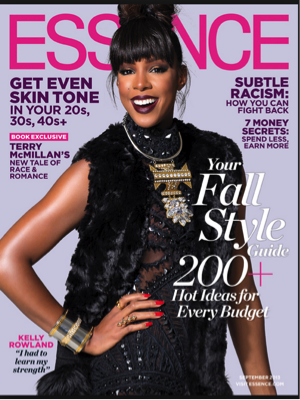 organizational impact. This level of bias creates an organizational culture that permeates bias rather intentional or unintentional. This mini-me culture can reinforce bias. This can create personal stress particular in hostile workplace environments. The “I understand; I am sorry”, conjectures do little to offer individual support or reduce health stressors. As one sister indicated in that August 2013 session, “Don’t let them steal your joy”.
organizational impact. This level of bias creates an organizational culture that permeates bias rather intentional or unintentional. This mini-me culture can reinforce bias. This can create personal stress particular in hostile workplace environments. The “I understand; I am sorry”, conjectures do little to offer individual support or reduce health stressors. As one sister indicated in that August 2013 session, “Don’t let them steal your joy”.
As Dr. David Williams offers in the @essencemag article, there are others ways to confront these scenarios. Taking care of your health tops his recommendations. Be resilient, and visualize positive outcomes. Breathe. Pause. For as much I share this advice, am I talking to myself? Yes, constantly. After all, it is my (@myhealthimpact) physical and mental health to protect.
Share

August 18, 2013
Black Women’s Love Affair with Hair
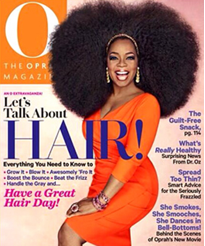
Black women’s hair is a miraculous thing! Naturalistas sporting fabulous afros, twists, plats, braids, and locs. Bold sistahs rocking close-cut fades and TWAs. Sophisticated ladies wearing sleek perms, extensions, and weaves. Long or short, kinky or straight, black hair don’t care. To keep our diverse hairstyles tight, Black women spent nearly half a trillion dollars on hair care in 2011! Oprah Winfrey rocks a fierce, 3lb afro wig on the cover of her August 2013 magazine’s issue on hair.
This is part of a long tradition of Black women’s love affair with their hair. In the early 1900’s, Sara Breedlove, popularly known as Madam C.J. Walker, became the first female self-made millionaire in America. She amassed her fortune inventing wildly popular African American hair care and cosmetic products. Her company also trained sales beauticians known as “Walker Agents” who went out into Black communities and promoted Walker’s philosophy of “cleanliness and loveliness”.
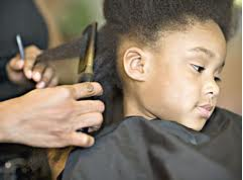
Today, changing hair is simply a fashion statement for some Black women. Just like changing clothes, we can wear a curly fro on Monday and slick our hair back into a bun on Tuesday. This styling versatility is a hallmark of black women’s beauty, and learning how to care for our hair is an important cultural practice. Many of us have fond (and not so fond) memories of having our hair wash, detangled, braided, pressed, and otherwise cared for by our mothers, aunties, grandmas and girl friends. Hair straightening was a rite of passage for most Black women. While younger women know all about the flat iron, those of us from the old school will recall getting our hair straightened (and ears singed) with lots of grease and a sizzling hot comb in the kitchen. Yet, we all remember those trips to the beauty salon where we listened in amazement as to the grown folks talked while we got our hair done.
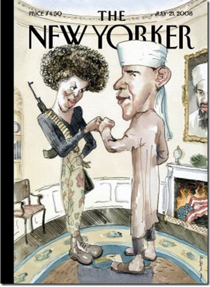 Black women may also style their hair for purely functional purposes. Perhaps we splurge and get long silky extensions for a formal affair like our sister’s wedding. Or in the summer time, we may wear hassle-free microbraids for a vacation at the beach. When we are short on time or have to meet the demands of work or school, perhaps we go in for “the big chop” or loc our hair to achieve an easier to maintain style that reduces or even eliminates trips in the beauty salon. With the growing natural hair movement, some black women are asking if we are seeing the end of the Black beauty salon culture.
Black women may also style their hair for purely functional purposes. Perhaps we splurge and get long silky extensions for a formal affair like our sister’s wedding. Or in the summer time, we may wear hassle-free microbraids for a vacation at the beach. When we are short on time or have to meet the demands of work or school, perhaps we go in for “the big chop” or loc our hair to achieve an easier to maintain style that reduces or even eliminates trips in the beauty salon. With the growing natural hair movement, some black women are asking if we are seeing the end of the Black beauty salon culture.
Sometime we style our hair in its natural state as self-affirming statement of racial and cultural pride, for ease of maintenance, or as a healthy choice. However, even as more women choose to where their hair naturally, it is still largely seen as socially unacceptable.
Even the FLOTUS can’t escape public scrutiny of her hair choices. One of my favorite online comment: "Girl, ain't no braids, twists, afros, etc. getting into the White House just yet ... LOL." Ya’ll remember the New Yorker cover that depicted Michelle with an afro and a rifle? When a naturallycurly.com web poll asked if the U.S. was ready for a first lady with natural kinky hair, 56% of respondents said “no”. Indeed, Michelle Obama’s hair carries a lot of cultural baggage.
So here we are in 2013 and Black women’s hair remains politicized! Sistahs on the job market still wonder aloud if the texture or style of their natural hair will prevent them from being hired. Only women with long silky hair need apply? Sistahs are also being told by Glamour magazine that “political” hairstyles like locs and afros are considered inappropriate in some places of work. Rhonda Lee, a Black female meteorologist, was fired from her job on a Louisiana TV station after publicly defending her ethnic hair. Black women, including Solange Knowles, have had TSA security guards demand to search their natural hair before boarding the plane. (I’ve also had my own “flying while naturally Black” experience when I had my locs in an up-do while boarding an airplane). Incidents such as these inspired MSNBC correspondent Melissa Harris-Perry devoted a 3-minute “teachable moment” segment and panel discussions on the politics of Black hair.
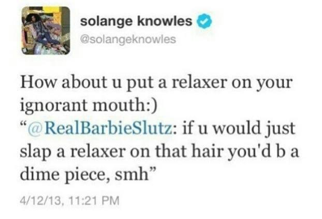 When Black women choose to maintain their hair naturally, they get cultural pushback. Strangers will literally come up to you and ask, “Can I touch your hair?” Sometimes they will even disregard your personhood and just touch your hair. People will also criticize you for having “nappy hair” and feel like they have the right to tell you to change your look. Just ask Solange Knowles, who had to call out this nonsense in a Twitter exchange. People with no couth may even ask if your hair is real if you have grown long hair because they are accustomed to the notion that Black women wear weaves and fake hair pieces.
When Black women choose to maintain their hair naturally, they get cultural pushback. Strangers will literally come up to you and ask, “Can I touch your hair?” Sometimes they will even disregard your personhood and just touch your hair. People will also criticize you for having “nappy hair” and feel like they have the right to tell you to change your look. Just ask Solange Knowles, who had to call out this nonsense in a Twitter exchange. People with no couth may even ask if your hair is real if you have grown long hair because they are accustomed to the notion that Black women wear weaves and fake hair pieces.
Black women with chemically relaxed and straightened hair also experience cultural abuse. They are criticized for trying to “look white”, taking the easy road, or conforming to a white aesthetic. Chris Rock and HBO films produced the documentary "Good Hair” in 2006 to explore why Black women hold straight long hair as the prevailing beauty ideal. Four years later, Tyra Banks makes national news when she announces on Twitter that she is going weaveless during the next season of America’s Next Top Model. Permed hair and weaves are waning in popularity as a growing number of Black women transition to natural hair styles.
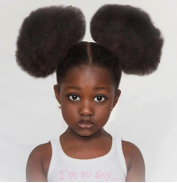 These types of cultural push back take a toll on all of us. Hair does not mean the same thing to white women as it does to Black women. For us, the cultural weight and social value of straight hair is very strong. Mental health experts routinely counsel Black women on hair issues that negatively impact self-esteem and body image. Black women can find strength and support by engaging with one of the many online communities devoted to Black women’s hair. Madam Noire offers a list of hair blogs for natural sistahs who need support. Also be sure to read through the comments for additional recommendations. Check out Tumblr and Pinterest as sources for inspirational images and videos. A simple search on YouTube will get you connected to “how to” videos on twist outs, transitioning from relaxed to natural hair, Marley braids, wash-n-go styles, bantu knots, straightening hair without heat, and a many other styling techniques. You can also direct your culturally uninformed coworkers and friends to CNN’s natural black hair etiquette guide on its website.
These types of cultural push back take a toll on all of us. Hair does not mean the same thing to white women as it does to Black women. For us, the cultural weight and social value of straight hair is very strong. Mental health experts routinely counsel Black women on hair issues that negatively impact self-esteem and body image. Black women can find strength and support by engaging with one of the many online communities devoted to Black women’s hair. Madam Noire offers a list of hair blogs for natural sistahs who need support. Also be sure to read through the comments for additional recommendations. Check out Tumblr and Pinterest as sources for inspirational images and videos. A simple search on YouTube will get you connected to “how to” videos on twist outs, transitioning from relaxed to natural hair, Marley braids, wash-n-go styles, bantu knots, straightening hair without heat, and a many other styling techniques. You can also direct your culturally uninformed coworkers and friends to CNN’s natural black hair etiquette guide on its website.
Sadly, our baby girls also face these hair and self-esteem issues. Just this year, for instance, there was an incident where a school in Ohio attempted to ban afro puffs and small twisted braids. If you’re in need of support, Sesame Street produced a much talked about song, “I love my hair”, to help young Black girls feel positive about their hair. And Amazon.com has a list of Black children’s hair books available for purchase. There are also blogs, YouTube channels and other websites devoted to caring for Black girl’s hair.
Whether you’re curly, kinky, loc’d, or straight, it’s all good hair sistahs!
Follow us at tumblr.myhealthimpactnetwork.org (Tumblr)
Follow us on Twitter @myhealthimpact
Share
Page 4 of 5 pages ‹ First < 2 3 4 5 >
In Partnership with: Poole College of Management, College of Humanities and Social Sciences, National Science Foundation, Penn State
Take Action, Get Tested: Find Your Local Testing Center Why Get Tested?

